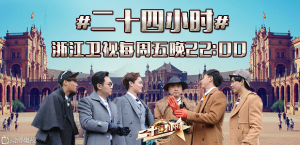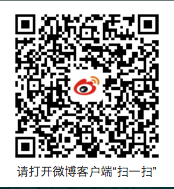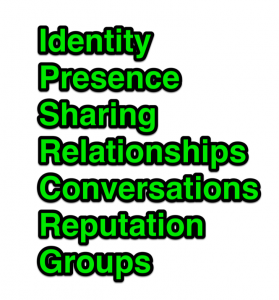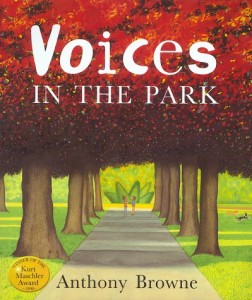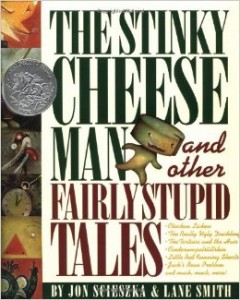In 2007, the American Association of School Librarians (AASL) developed Standards for the 21st-Century Learner that include skills, dispositions, and responsibilities essential for today’s digital citizens (AASL, 2007). The first set of these standards states that teenagers must be given opportunities to learn to access and evaluate the information found on social networks.
- Standard 1.1.5: Evaluate information found in selected sources on the basis of accuracy, validity, appropriateness for needs, importance, and social and cultural context.
- Standard 4.1.7: Use social networks and information tools to gather and share information.
- Standard 4.4.4: Interpret new information based on cultural and social context.
- Standard 2.3.3: Use valid information and reasoned conclusions to make ethical decisions.
Within these standards, AASL also addressed ethical and legal behaviour on social networks and supports the provision of opportunities for teens to follow legal regulations and demonstrate ethical behaviour that is associated with conducting themselves appropriately on social networks.
- Standard 1.3.3: Follow ethical and legal guidelines in gathering and using information.
- Standard 3.1.6: Use information and technology ethically and responsibly.
- Standard 3.1.2: Participate and collaborate as members of a social and intellectual network of learners.
- Standard 3.2.2: Show social responsibility by participating actively with others in learning situations and by contributing questions and ideas during group discussions.
- Standard 4.3.1: Participate in social exchange of ideas, both electronically and in person.
- Standard 4.3.4: Practice safe and ethical behaviours in personal electronic communication and interaction.
School libraries have an opportunity to address these standards by incorporating appropriate social networking platforms in their library teaching programs (Agosto and Abbas, 2011). An example of such a platform is edmodo.
Edmodo is specifically designed for schools and allows teacher librarians to create groups, upload resources, provide an ongoing connection with the library to promote learning and publicise events, and stimulate community by providing students with an opportunity to develop appropriate skills in a social networking site which is supervised, age appropriate and readily accessible.
Edmodo also has the capability of providing a connection to school families if the parent account provision is utilised.
Students have lots of opportunities to engage in social networking but not a lot of chances to develop their social networking skills in a supervised forum with the aid of a trained professional – their teacher librarian.
References
Agosto, D. E. & Abbas, J. (eds) (2011) Teens, libraries, and social networking – what librarians need to know. Santa Barbara, Calif : Libraries Unlimited.
American Association of School Librarians (AASL) (2007) Standards for the 21st-century learner. [online] Available at: www.ala.org/aasl/standards








